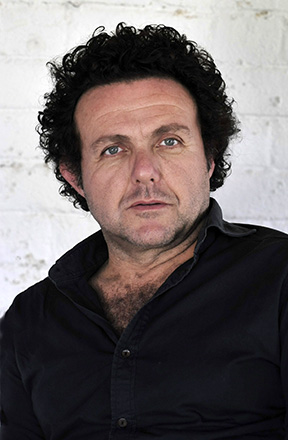
Philip Miller |
The second instalment of the Vice-Chancellor’s Lecture Series is about to take place on the Bloemfontein Campus. The lecture series – launched in March 2015 by Constitutional Court Judge Albie Sachs – forms part of a five-year research project led by Prof Pumla Gobodo-Madikizela and funded by the Mellon Foundation.
Disrupting the Silence: The Past and Transnational Memory
Internationally-acclaimed composer and sound artist, Philip Miller, will deliver the next lecture in this series on Wednesday 29 April 2015. Miller is currently an honorary fellow at APC (Archive and Public Culture) at the University of Cape Town. His discussion will centre on the topic of ‘Disrupting the Silence: The Past and Transnational Memory’. This will expand on the research project’s overarching theme of Trauma, Memory and Representations of the Past.
The details of the event are:
Date: 29 April 2015
Time: 12:30
Venue: Albert Wessels Auditorium, Bloemfontein Campus
RSVP: Jo-Anne Naidoo at NaidooJA@ufs.ac.za
Compositions and productions
In one of his compositions, ‘REwind: A Cantata for Voice, Tape and Testimony’ Miller incorporates actual testimonies recorded during the Truth and Reconciliation Commission (TRC) hearings. Through combining the audio of these testimonies with vocal soloists, chorus, a string octet and powerful projected images, the boundaries between victims, perpetrators and listeners blur.
Miller has been nominated for an Emmy Award in 2013 for his soundtrack to HBO’s film ‘The Girl’. Miller’s other works include the soundtrack for the film ‘Black Butterflies’, which won him best film score at the South African Film and Television Awards in 2012. He also composed the film score for the ‘Bang Bang Club’, which was nominated for a Genie Award in Canada, as well as for Rehad Desai’s Marikana investigation, ‘Miners Shot Down’.
He also has a long-standing collaboration with internationally-renown visual artist William Kentridge. Their most recent collaboration is the five-screen multimedia installation with a moving sculpture and immersive soundscape ‘The Refusal of Time’. His latest work, ‘Extracts from the Underground’, explores the subterranean sound world of miners in South Africa.